The sounds of Christmas caroling were absent from the mountain village of Skadang for 40 years. After its indigenous Truku inhabitants relocated in 1979 to Tmbarah village near the Taroko National Park Visitor Center, all Christmas activities were transferred to the new church.
Today, Skadang (better known as Datong, 大同) is still accessible only by foot, and we make the five-hour trek up about 1,000m in elevation to visit the settlement of six or seven households that rely on generators and solar panels for electricity. My artist friend had spent time here through the Tree Tree Tree Person Residency Project (森人藝駐計劃) and we were invited up to celebrate Christmas — a week early since the actual festivities are held in Tmbarah. Even throughout the rest of the year, the site is worth a visit.
“Christmas to Truku people is like the Lunar New Year [for Han-Taiwanese],” says Hayu Yudau, pastor of the Skadang Church in Tmbarah. “The New Year is not our holiday. We celebrate Christmas and Thanksgiving — not the foreign Thanksgiving,” he quips, “but our harvest festival in August.”
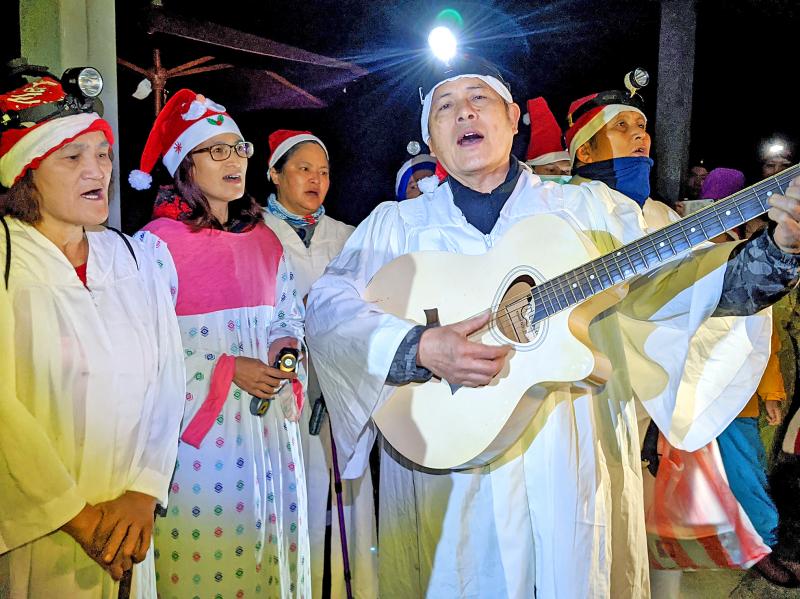
Photo: Han Cheung, Taipei Times
After a communal feast attended by about 30 locals, family and friends as well as hikers at one of the several guesthouses, we switch on our headlamps and trudge through the muddy roads back to our homestay to get some shut-eye before the caroling begins at 4am.
EARLY CONVERTS
Christianity runs deep in these parts. The bamboo house and organic farm of our host, Yaya Huwat, is dotted with biblical sayings and praises to the lord. On the bookshelf is a Bible in Truku. Unlike many mountain-dwelling indigenous groups who were converted in the 1950s and 1960s, Truku history with the religion traces back several decades earlier.
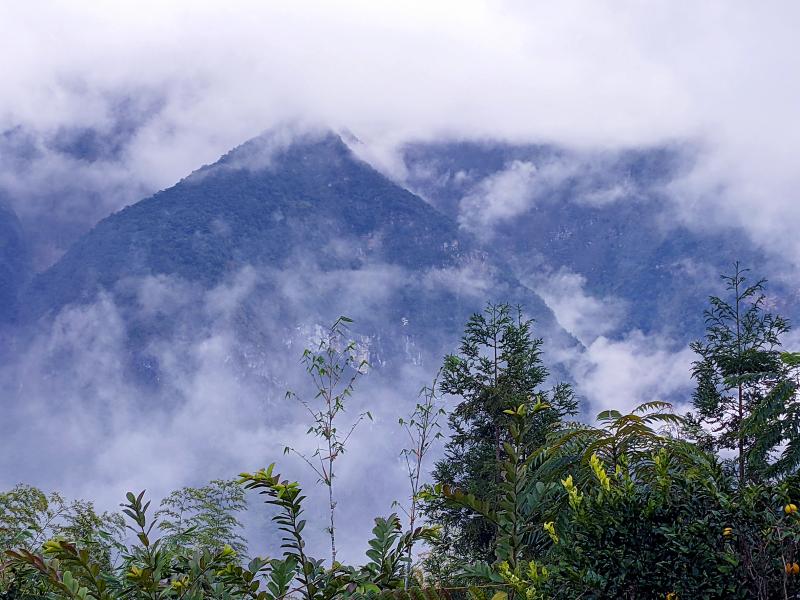
Photo: Han Cheung, Taipei Times
The story begins with Ciwang Iwal, who turned to the church in 1924 after suffering three tragic marriages and was baptized at the Hualien Port Church in Hualien City. After finishing Bible college at Tamsui Girls’ SchooI, Ciwang returned home and started preaching to her people. One of the several churches in Tmbarah bears her name. (More on Ciwang Iwal will be featured in Sunday’s Taiwan in Time column).
By 1936, the gospel had reached the Skadang area through local chief Yudaw Watan, and churches were established. But soon, the Japanese launched their kominka assimilation policy, and forbade the Truku from “following an American religion,” writes Chiu Yun-fang (邱韻芳) in her book, Ancestral Spirits and God (祖靈與上帝). The locals secretly practiced the religion in caves or by the sea, but were still arrested and beaten by the police when found out. The persecution got worse as World War II intensified, and Yudaw Watan was reportedly killed after being caught several times holding services in the mountains.
The fact that it was the Americans who essentially defeated the Japanese in the war only strengthened the community’s faith, and Christianity continued to flourish.
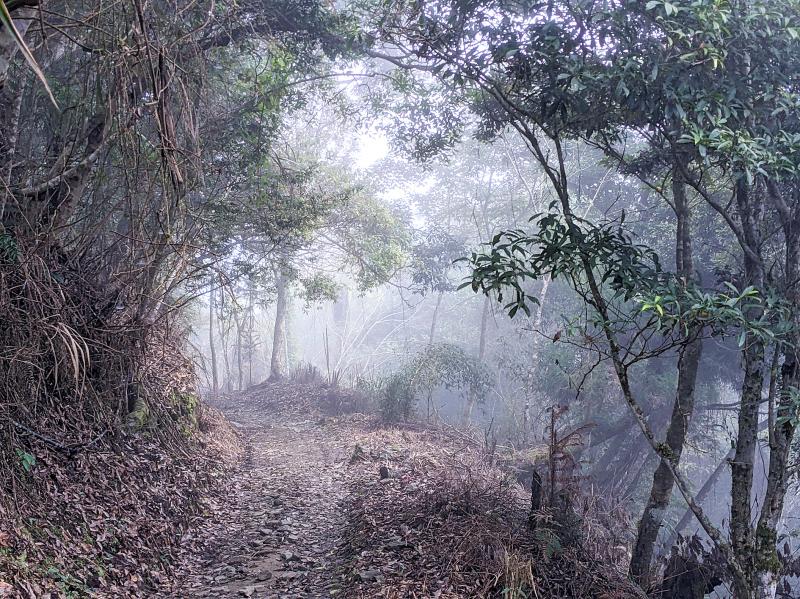
Photo: Han Cheung, Taipei Times
STUNNING VIEWS
The Japanese forcefully relocated most Truku off the mountains to better “govern” them in 1933. Skadang was one of three villages that remained due to it being a crop-producing area. But in 1979, the entire population moved down to be closer to educational resources and modern amenities.
Over the years, some would still return to Skadang to farm, and due to the area’s stunning mountain views and Skadang’s mystique as a hard-to-reach settlement without electricity, hikers started heading up here and many families converted their property into guesthouses. The area’s facilities were bolstered about 15 years ago through an ecotourism initiative with the national park, and this year business is booming due to COVID-19 hampering international travel.
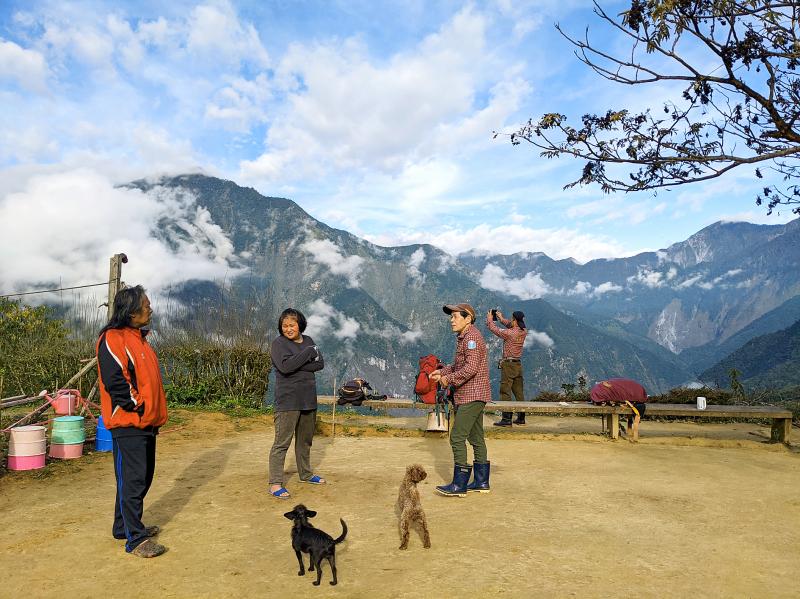
Photo: Han Cheung, Taipei Times
There are at least 20 other guests — an all-woman hiking group and a handful of national park volunteers — staying at Sapah Tadaw Mawna (達道的家) where we spend the first night. Located over an hour’s walk from Skadang, it’s a popular spot not only for its breathtaking view of several peaks and observation deck, where one can see the sun rise above the Pacific ocean, but also for the infectious hospitality of the hosts, Amay and Kcing.
“I grew up over there,” Amay tells me as she points to Skadang in the distance. “I didn’t come back up here for 28 years. Moving down the mountain has given us more opportunities, but we’re also losing our culture.”
Skadang is relatively buzzing with activity as visitors arrive for Christmas and hikers try to take advantage of the decent weather. Yaya’s organic farm is nestled on the edge of a slope facing towering peaks. I wish I could have chatted more with her about life up here, local ecology and preserving Truku culture — bilingual Truku-Chinese signs such as “kitchen” and “bathroom” adorn the walls — but she is busy preparing a chicken and Formosan fig tree soup for the Christmas feast. I will certainly return here and hear her story.
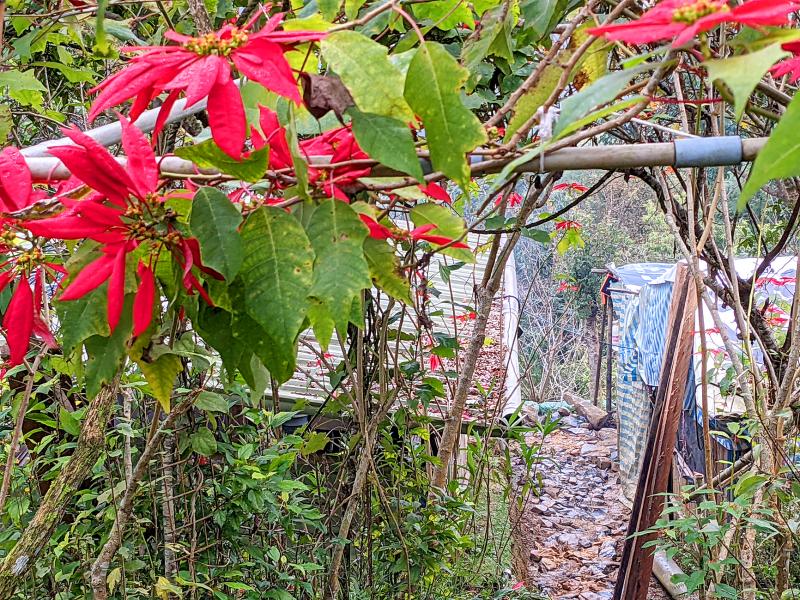
Photo: Han Cheung, Taipei Times
TRUKU CAROLS
We turn in early, and when we wake up at 3:30am Yaya is already dressed in a white robe with a Santa hat and heading to the meeting point. We meet Hayu along the way, who is similarly dressed, and the group plods up the muddy paths to serenade the first house. Villagers decided to revive this tradition last year.
“They just missed it a lot,” Hayu says.
They begin with a perfectly-harmonized Mandarin rendition of Silent Night, but after a few houses they switch to some Truku-language adaptations and alternate until they head to the community meeting hut, where Hayu conducts an early-morning outdoor service. More songs are sung — usually three verses in Truku and one in Mandarin, and prayers are made in both languages.
After breakfast, Hayu and the Tree Tree Tree Person crew head down a steep and slippery overgrown path for about 30 minutes until they reach the foundations of the ruined original Skadang church. During his residency, artist Chin Cheng-Te (秦政德) erected a small plaque here that commemorates in Chinese and Truku the founding of the church in 1936 and hopes to put one at the current Skadang church in Tmbarah.
Hayu blesses the piece, concluding the festivities, but his and Yaya’s day has just begun as the two make the long trek down the mountain to help with Sunday church activities in town.
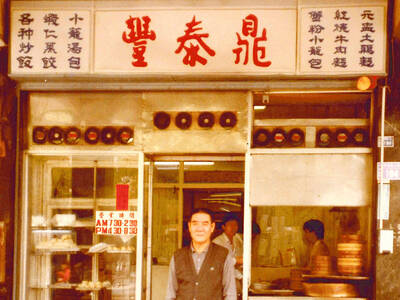
March 24 to March 30 When Yang Bing-yi (楊秉彝) needed a name for his new cooking oil shop in 1958, he first thought of honoring his previous employer, Heng Tai Fung (恆泰豐). The owner, Wang Yi-fu (王伊夫), had taken care of him over the previous 10 years, shortly after the native of Shanxi Province arrived in Taiwan in 1948 as a penniless 21 year old. His oil supplier was called Din Mei (鼎美), so he simply combined the names. Over the next decade, Yang and his wife Lai Pen-mei (賴盆妹) built up a booming business delivering oil to shops and
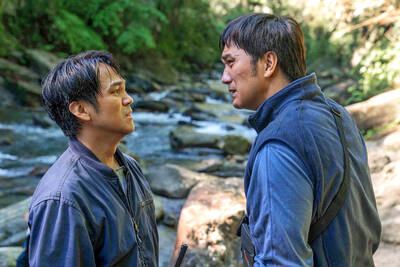
Indigenous Truku doctor Yuci (Bokeh Kosang), who resents his father for forcing him to learn their traditional way of life, clashes head to head in this film with his younger brother Siring (Umin Boya), who just wants to live off the land like his ancestors did. Hunter Brothers (獵人兄弟) opens with Yuci as the man of the hour as the village celebrates him getting into medical school, but then his father (Nolay Piho) wakes the brothers up in the middle of the night to go hunting. Siring is eager, but Yuci isn’t. Their mother (Ibix Buyang) begs her husband to let
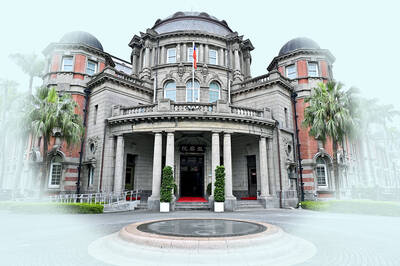
The Taipei Times last week reported that the Control Yuan said it had been “left with no choice” but to ask the Constitutional Court to rule on the constitutionality of the central government budget, which left it without a budget. Lost in the outrage over the cuts to defense and to the Constitutional Court were the cuts to the Control Yuan, whose operating budget was slashed by 96 percent. It is unable even to pay its utility bills, and in the press conference it convened on the issue, said that its department directors were paying out of pocket for gasoline

For the past century, Changhua has existed in Taichung’s shadow. These days, Changhua City has a population of 223,000, compared to well over two million for the urban core of Taichung. For most of the 1684-1895 period, when Taiwan belonged to the Qing Empire, the position was reversed. Changhua County covered much of what’s now Taichung and even part of modern-day Miaoli County. This prominence is why the county seat has one of Taiwan’s most impressive Confucius temples (founded in 1726) and appeals strongly to history enthusiasts. This article looks at a trio of shrines in Changhua City that few sightseers visit.